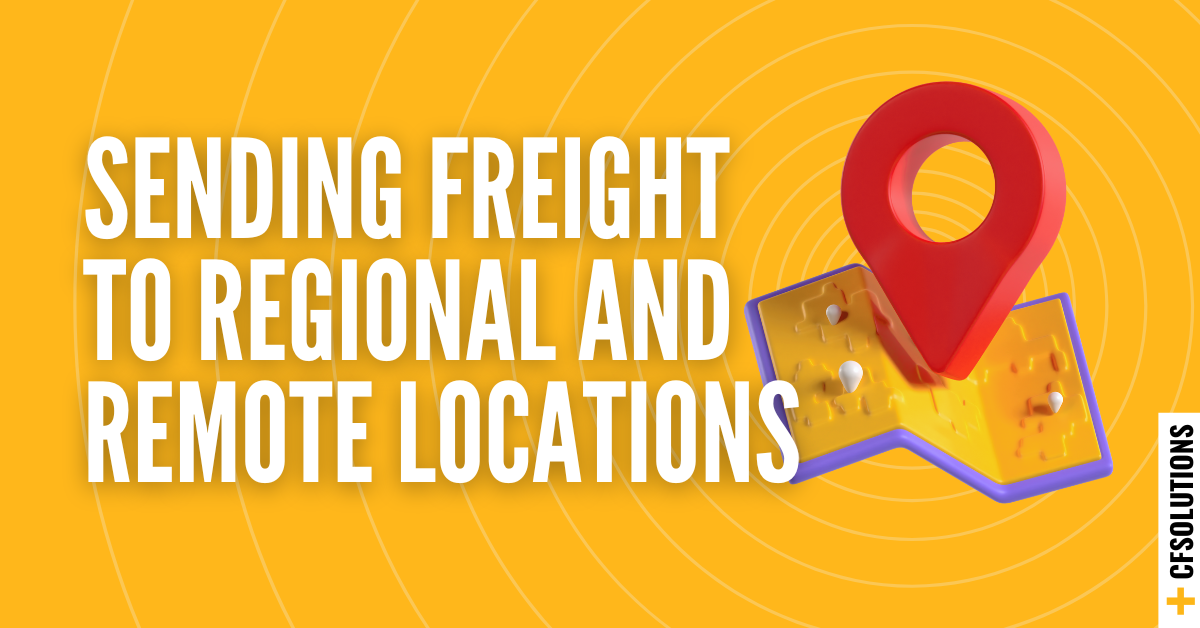
Sending freight across Australia often means reaching far beyond metro postcodes. Whether you're supporting rural retailers, mining operations, or regional distributors, getting goods to remote locations takes extra planning and care.
Here’s what to consider when sending freight to regional or remote destinations and how to manage the process with more clarity and fewer delays.
Delivery Timeframes Are Different Outside Metro Areas
Freight to regional or remote locations often follows different transit schedules. Linehaul may only run a few times a week, and last-mile delivery might rely on local subcontractors or depot transfers. Planning ahead and setting the right expectations helps reduce pressure on your internal teams and improves customer satisfaction.
Not All Services Reach All Locations
Some carriers don’t service remote areas directly. Others may hand over to a third-party agent for the final delivery leg. This can affect tracking visibility and delivery certainty, especially if the freight changes hands mid-transit. Choosing a provider with experience in regional freight helps reduce surprises.
Regional Freight Often Requires More Lead Time
If you're shipping to areas that are only serviced on certain days, missing a cut-off may mean your freight sits until the next cycle. Booking early and confirming lead times with your provider can help avoid delays.
Packaging Matters More When Delivery Takes Longer
Longer transit routes, multiple handling points, and exposure to weather make strong packaging essential. Use durable cartons, strap pallets securely, and ensure labels are visible and weatherproof. If your goods are sensitive to temperature, movement, or moisture, speak to your provider about protective options.
Freight Costs Can Be Higher for Remote Locations
Remote deliveries usually incur higher costs due to fuel, distance, and reduced delivery frequency. If you’re regularly sending to these areas, consolidating freight or using flexible service levels can help manage spend without compromising delivery reliability.
If your business regularly sends freight to regional or remote areas, it pays to work with a team that understands the extra variables involved. From managing lead times to keeping customers informed, small adjustments in your process can have a big impact on delivery outcomes.
Get in touch to talk about how we can support your regional delivery goals.
Subscribe to our Blog
Related Posts
- by Customised Freight Solutions
- 0 Comments
Behind the Scenes of an Air Freight Operation
Air freight is one of the most dynamic parts of Australia’s logistics ...
Read More- by Customised Freight Solutions
- 0 Comments
Planning Your Freight Leading into Christmas and Understanding Carrier Cut-Offs
The Christmas period is one of the most exciting times of the year ...
Read More- by Customised Freight Solutions
- 0 Comments
When Speed Matters: Why More Australian Businesses Are Turning to Air Freight
The Australian freight landscape is changing fast. With rising ...
Read More



